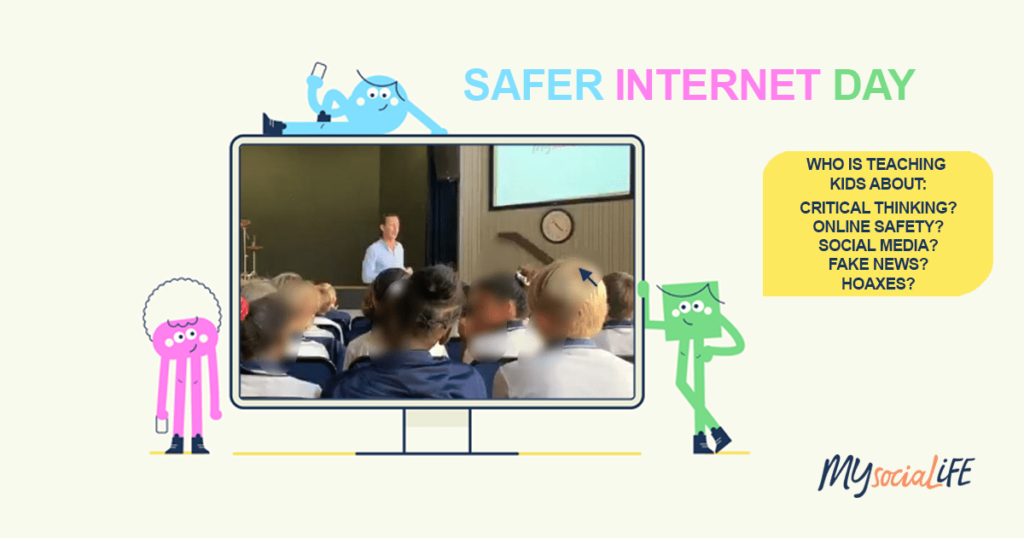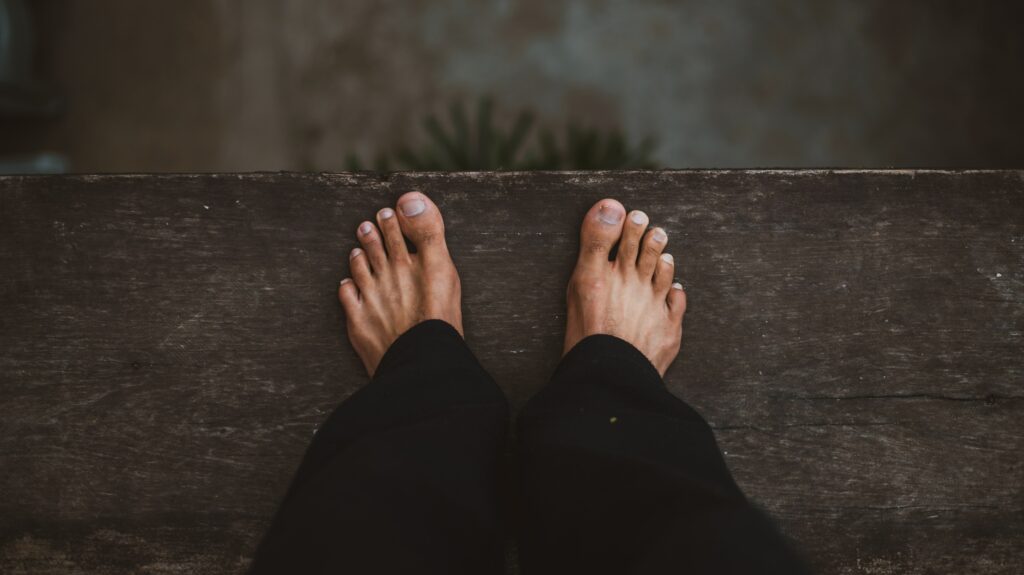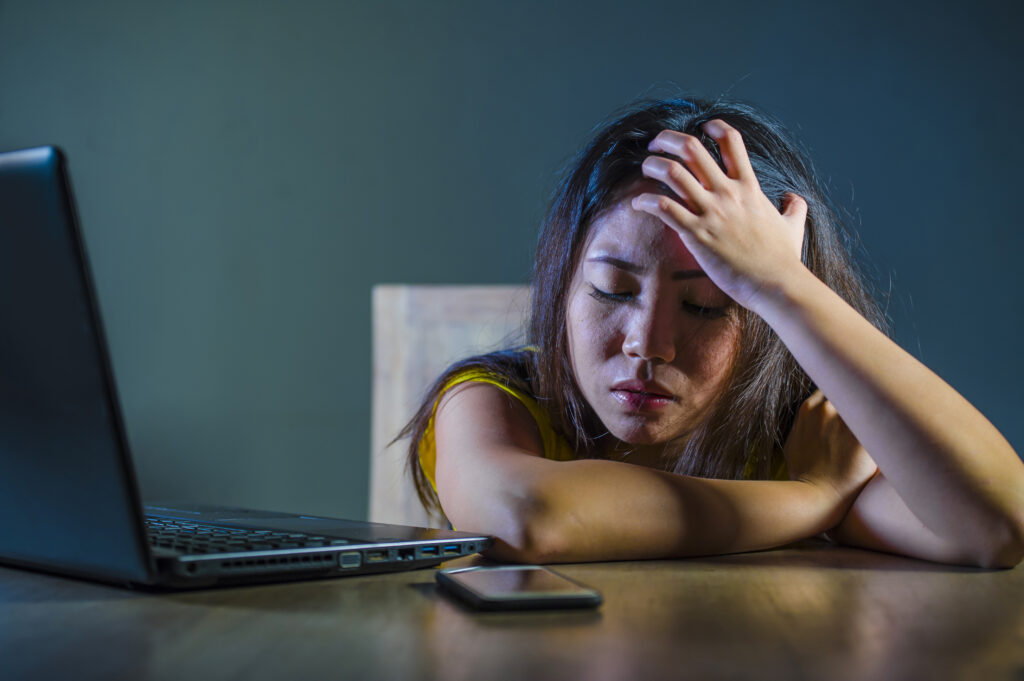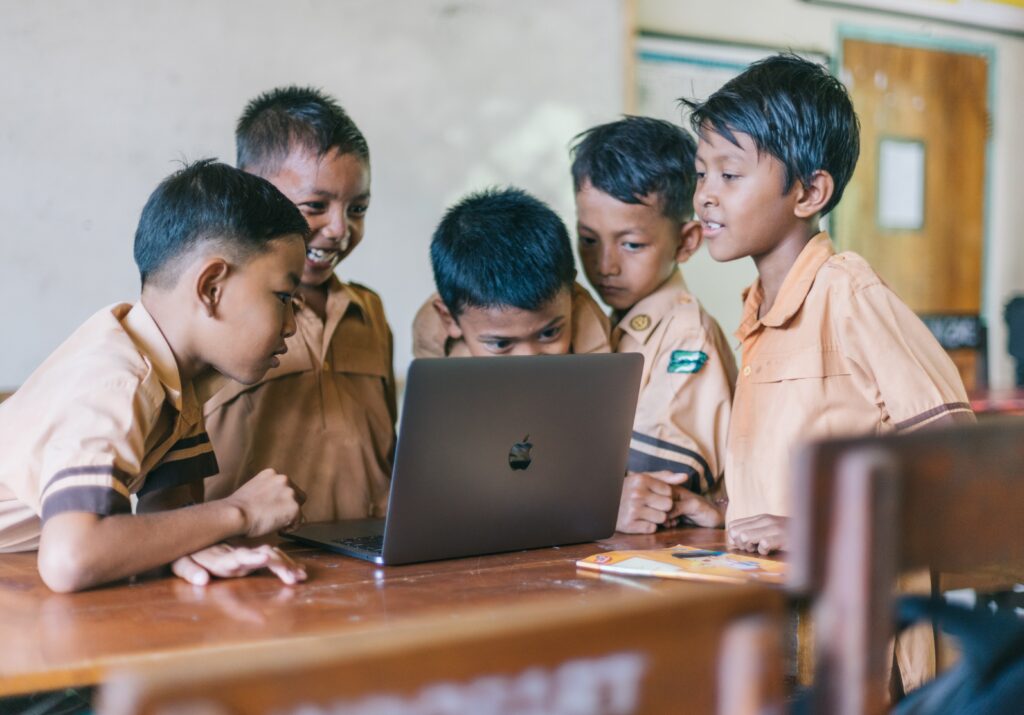The effect of social media on the subconscious mind
We’re seen as social media and online safety experts, and we also help kids to move into exploration and excellence online. And in order to do that, we need to get them to understand what the media does to them, what impact it has on them, and what this visual world imprints into their consciousness. […]
The effect of social media on the subconscious mind Read More »











